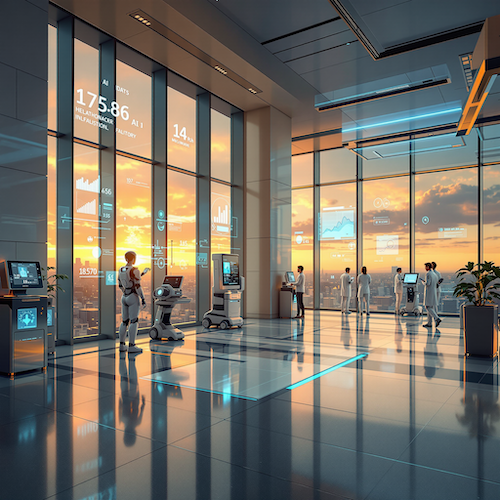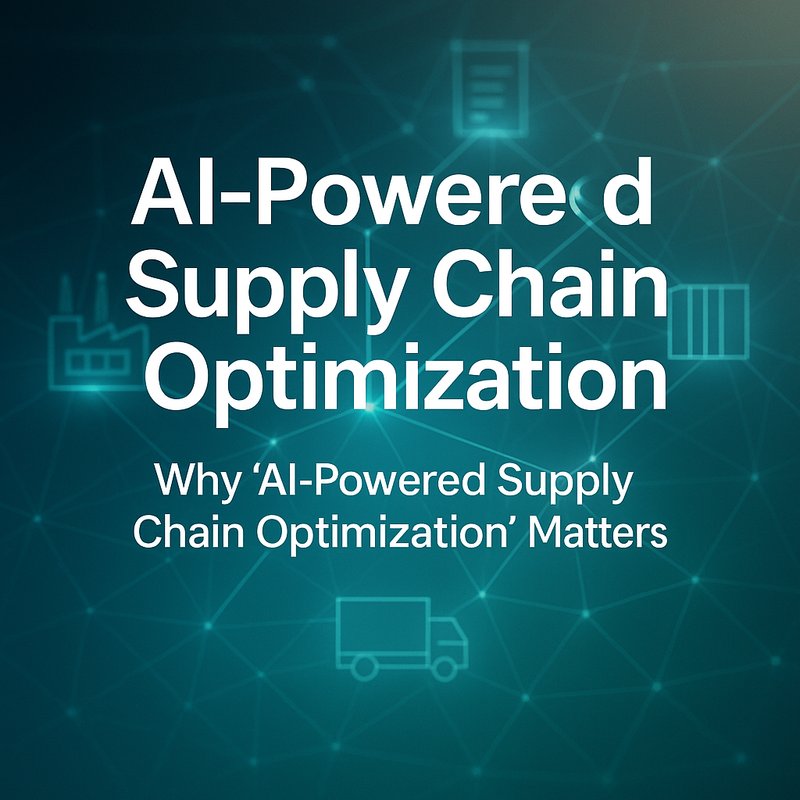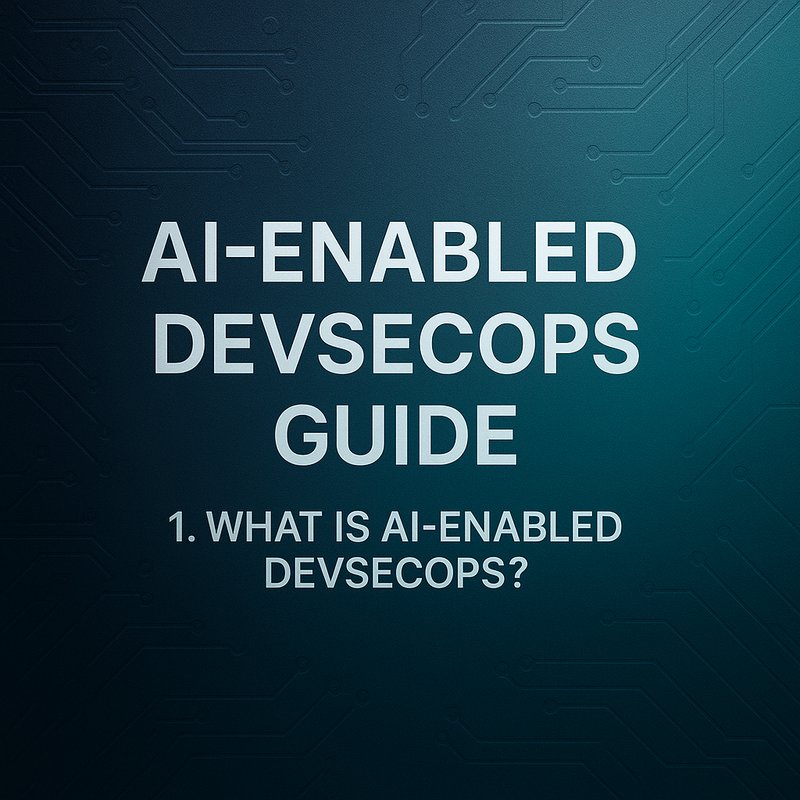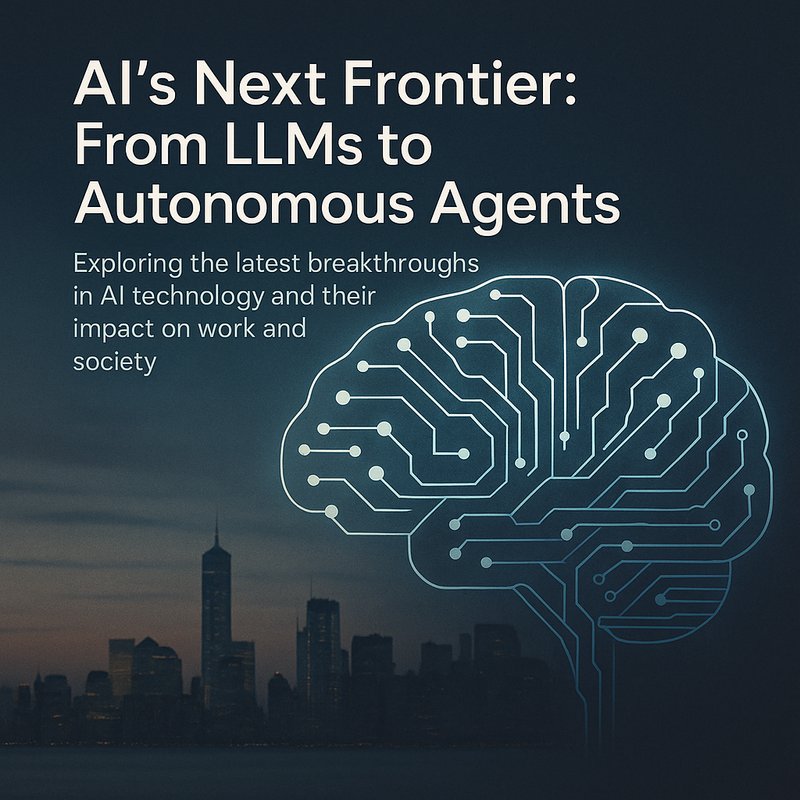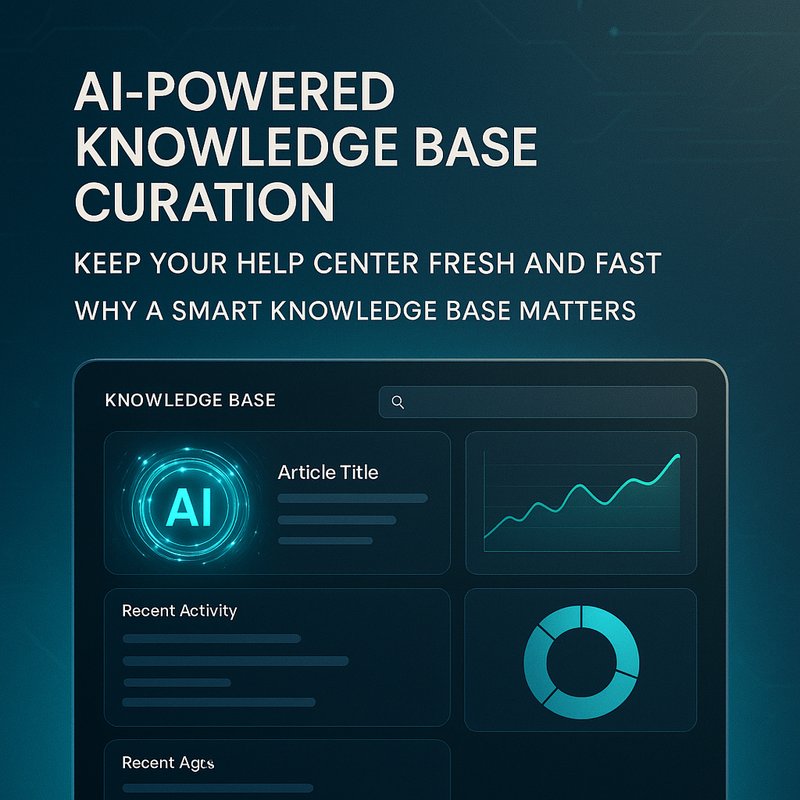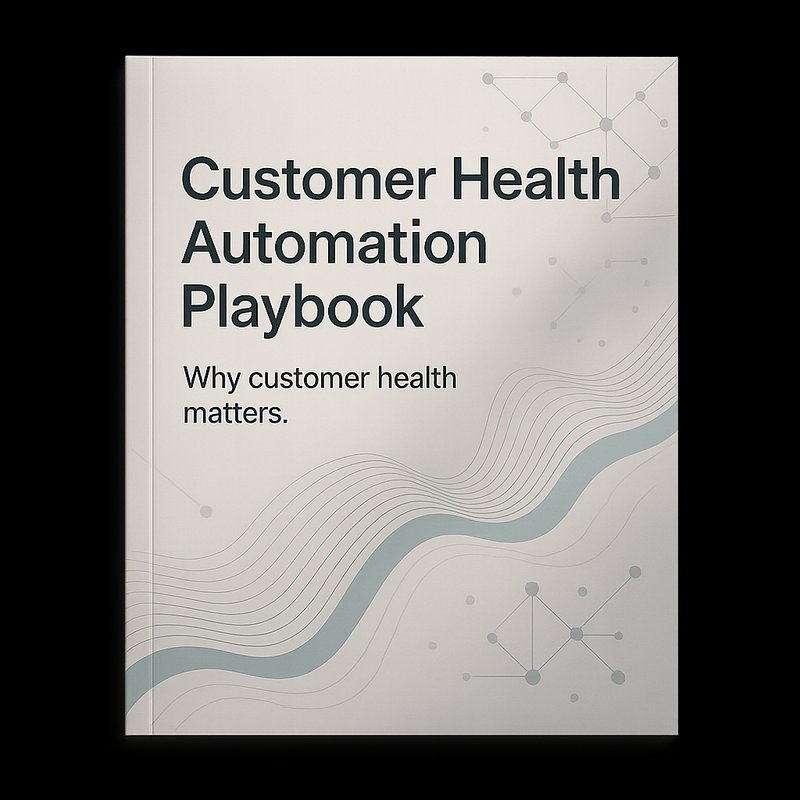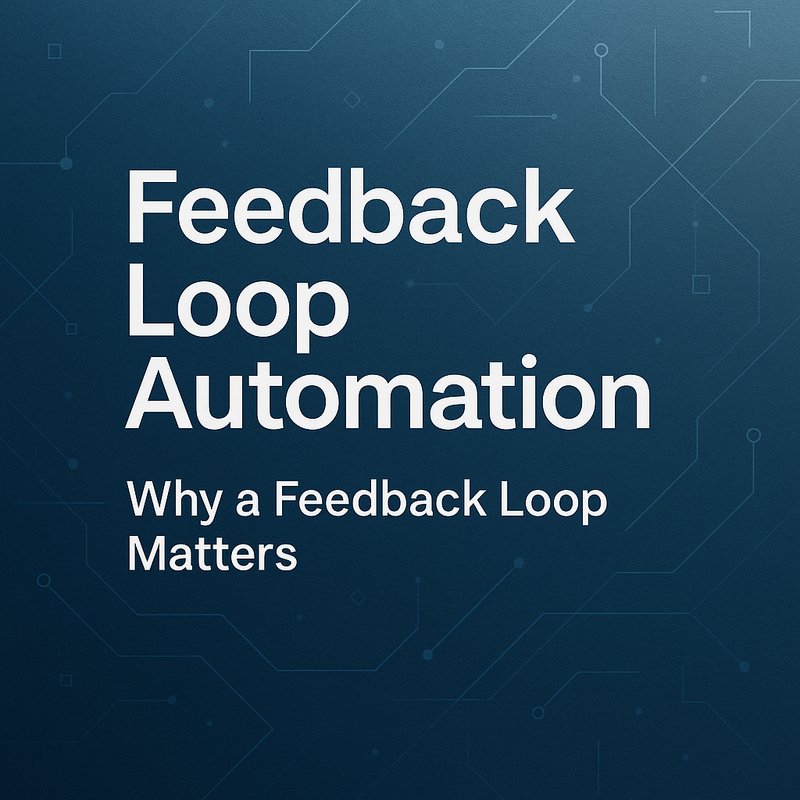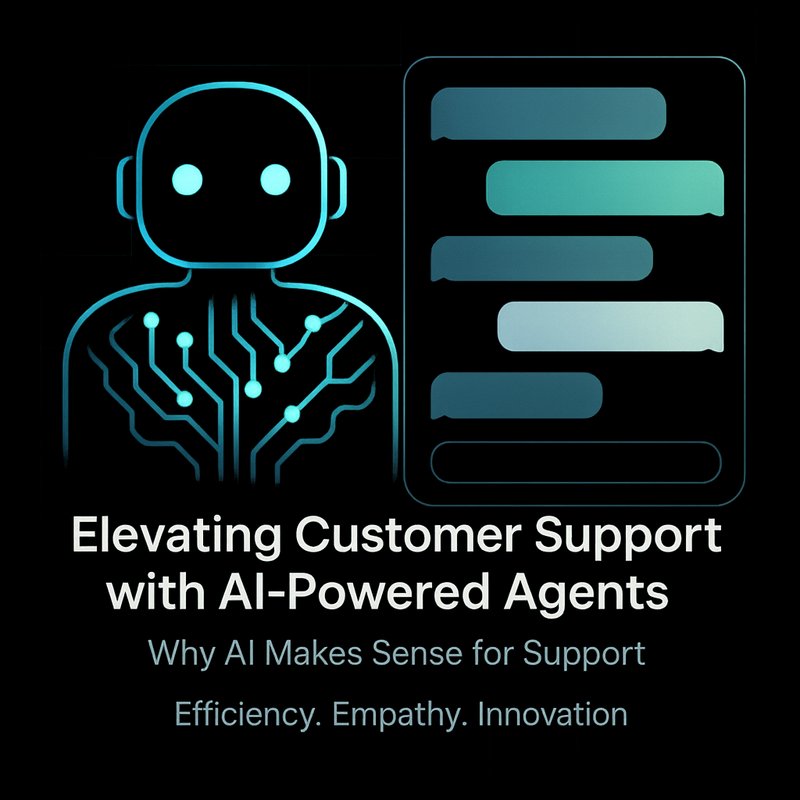Transforming Healthcare Diagnostics: The Power of MIT’s AI Innovation
Introduction: A New Era in Healthcare
The world of healthcare diagnostics is on the brink of a revolution. Traditional methods, often slow and prone to human error, have long posed challenges in delivering timely and accurate diagnoses. Imagine a future where diagnostics are not only faster and more precise but also deeply personalized, tailoring treatments to individual patient needs. This vision is now within reach, thanks to groundbreaking AI innovation from MIT, a game-changer poised to redefine the landscape of healthcare.
The Invisible Crisis in Healthcare Diagnostics
Behind the scenes of modern healthcare lies an invisible crisis: diagnostic errors that lead to missed diagnoses, delayed treatments, and a significant emotional toll on patients. Current diagnostic tools, while effective, often fall short in handling the overwhelming workload faced by healthcare professionals. The urgent need for a solution that marries human expertise with technological precision has never been more pressing.
Meet MIT’s AI Breakthrough: A Diagnostic Dream Come True

MIT’s cutting-edge AI system emerges as a transformative solution, designed to augment rather than replace human doctors. This innovative AI excels at analyzing vast medical datasets, identifying patterns, and making predictions with remarkable accuracy. Real-world applications abound, from the early detection of cancer to the identification of rare genetic disorders, showcasing the AI’s potential to revolutionize diagnostics.
The Science Behind the Magic: How MIT’s AI Builds Trust
Delving into the technology, MIT’s AI relies on neural networks and machine learning algorithms, powered by extensive medical data. Rigorous testing and validation ensure reliability, while transparency allows doctors and patients to understand the decision-making process. This approach not only builds trust but also ensures the AI’s decisions are both explainable and accountable.
From Bench to Bedside: Real-World Impact
Inspiring patient stories illustrate the transformative power of MIT’s AI. By empowering doctors to make faster, more confident decisions, the AI extends its impact globally, particularly in underserved areas with limited access to skilled diagnosticians. Tools like Neura’s AI agents, which facilitate tasks such as image analysis and document processing, further enhance this potential, demonstrating how AI can be a catalyst for change.
Addressing the Skeptics: Overcoming Barriers to Adoption

Concerns about AI in healthcare, including data privacy and ethical considerations, are valid. MIT addresses these issues with robust safeguards and ethical guidelines, emphasizing collaboration between AI and human professionals. Neura’s approach, with tools like Artifacto and ACE, exemplifies this balance, ensuring AI enhances human capabilities without overshadowing them.
The Future of Diagnostics: A Partnership Between Humans and Machines
Envision a future where AI and human doctors collaborate seamlessly, each contributing their unique strengths. MIT’s AI, alongside platforms like Neura, paves the way for continuous improvement through learning from new data. This partnership promises a future where diagnostics are not only more accurate but also more accessible, reaching every corner of the globe.
Conclusion: A New Standard of Care
MIT’s AI innovation heralds a new era in healthcare diagnostics, characterized by trust, accuracy, and collaboration. As we embrace this transformative technology, we move closer to a future where diagnostics are faster, more reliable, and deeply personalized. With AI as a steadfast partner, the potential to save lives and improve patient outcomes has never been greater.
